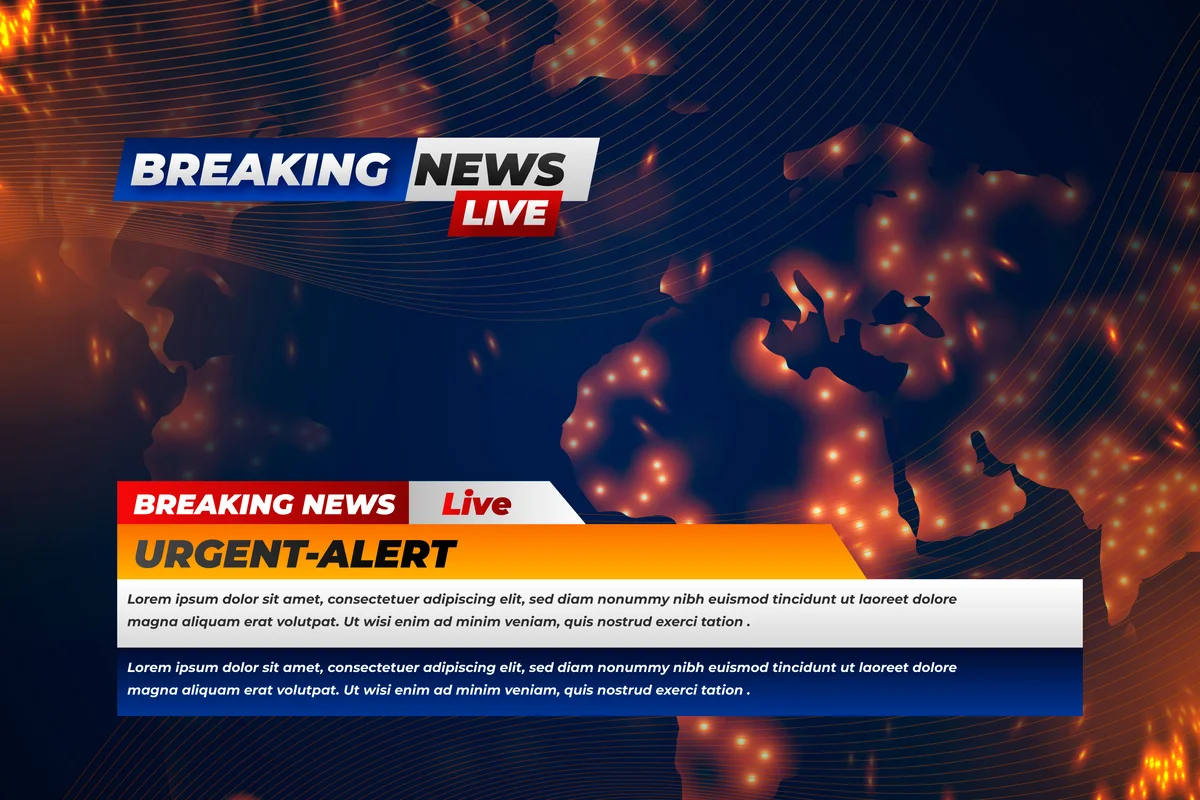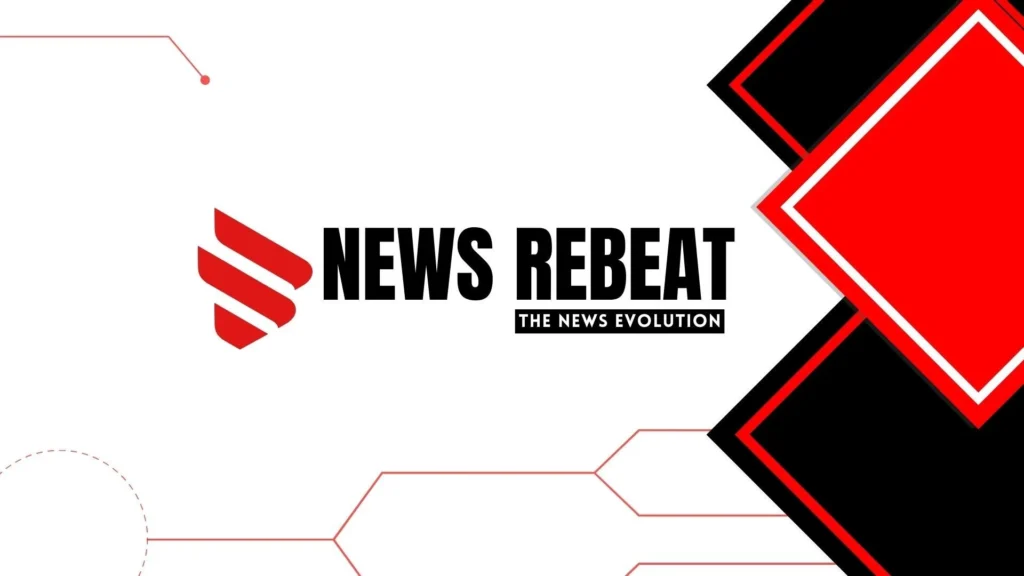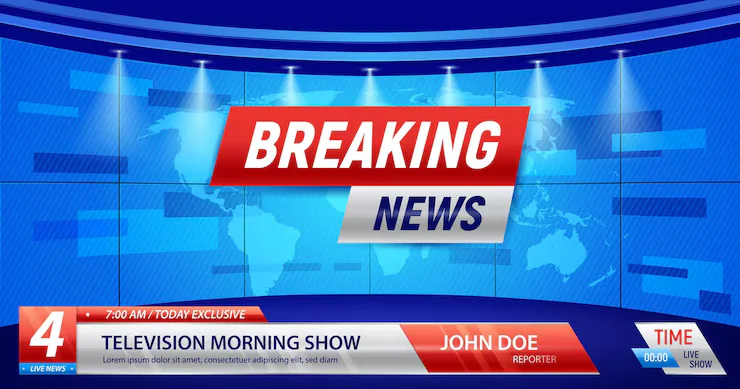The journey of breaking news evolution has significantly transformed how people access and interact with information. It began with printed newspapers, where readers relied on professional journalists and editors to deliver accurate, well-researched stories. These print editions followed a clear daily cycle, and the audience had a passive but trusting relationship with the news.
With the rise of the internet, this structure was completely disrupted. News became instant, interactive, and constant. Breaking stories could now reach the public within minutes, and anyone with a smartphone or internet access could share updates in real time. This shift in news consumption moved it from traditional gatekeepers to a more open, decentralized model.
As digital platforms advanced, audiences started demanding more than just headlines. They looked for context, analysis, and visual storytelling. In response, modern journalism began to embrace multimedia formats, such as videos, podcasts, infographics, and live coverage, all aimed at keeping users engaged, informed, and involved.
The Broadcast Era: Television and Radio’s Impact

Source: Freepik
The advent of television and radio revolutionized the public’s experience of news. No longer was news confined to printed words; it became something you could hear and see in real time. This shift brought a profound emotional connection between the audience and global events. Suddenly, the world became smaller, and the news became more immediate and visual.
Television news gained dominance in the mid-20th century. Major networks, such as the BBC, CNN, and NBC, have significantly influenced public opinion, particularly during pivotal historical moments, including the Vietnam War, the Moon landing, and presidential elections.
Radio, on the other hand, reached remote areas where televisions were not yet standard. It played a crucial role in war reporting and crisis communication. These platforms enhanced credibility and urgency, building an emotional bridge with viewers.
How Digital Platforms Disrupted Traditional News

Source: Pinterest
When the internet became mainstream, it dramatically shifted power away from traditional newsrooms to digital startups and social platforms. Digital platforms disrupted how news was created, packaged, and delivered. Websites, apps, and mobile alerts became dominant, and readers moved from reading newspapers to consuming news on the go.
Major Disruptions in the News Industry:
- Speed over depth: News updates became more frequent but sometimes less detailed.
- Rise of digital-first outlets: Publishers such as BuzzFeed, Vice, and Vox have challenged legacy media.
- User engagement metrics, including clicks, shares, and likes, began influencing editorial decisions.
- Cost-effective production: Digital reporting reduced printing and distribution costs.
The evolution also pushed traditional media to adapt. Many outlets created digital subscriptions, launched mobile apps, and incorporated SEO strategies to stay visible in a crowded online space. Some failed to make the transition and shut down, while others merged to survive.
Rise of Social Media as the Breaking News Engine

Source: Pinterest
The evolution of breaking news has seen a revolutionary turn with the rise of social media platforms. Once dominated solely by television and newspapers, real-time news is now shaped, distributed, and consumed largely through platforms like Twitter (now X), Facebook, Instagram, and TikTok.
Social media has transformed everyday users into reporters, enabling instant dissemination of events as they unfold, without the delay of traditional editorial processes.
This transition hasn’t just made news faster, it’s also made it more personal, interactive, and decentralized. Social media allows for viral amplification, citizen journalism, and real-time audience engagement. Today, stories often break on Twitter before they hit CNN or BBC, showcasing just how powerful these platforms have become as digital news engines.
However, with this transformation comes challenges. Verifying facts, filtering misinformation, and ensuring ethical journalism have become increasingly complex in a landscape where anyone can go viral, regardless of the veracity of the information.
Citizen Journalism in the Age of Tweets and Reels
Social media has enabled ordinary people to capture live events on the go. Whether it’s a political protest or a natural disaster, smartphones and apps have empowered citizens to become frontline reporters. This democratization has improved coverage diversity, giving a voice to marginalized communities and offering firsthand perspectives that mainstream outlets may overlook.
Algorithm-Driven News Virality
On platforms like TikTok, Instagram, and YouTube Shorts, algorithms play a significant role in determining which news reaches specific audiences. Instead of editors curating stories, social algorithms push content based on engagement patterns. This can amplify stories that traditional media might ignore, but it also prioritizes emotion, controversy, and speed over context and credibility.
Challenges of Fake News and Misinformation
The very openness of social platforms that makes breaking news fast and accessible also opens the floodgates to misinformation. Hoaxes, deepfakes, and manipulated videos spread quickly, often outpacing fact-checking efforts. This undermines public trust and creates an urgency for social media literacy and stricter content policies.
Social Media as a News Aggregator and Engagement Hub
Social platforms are no longer just distribution channels; they’re complete ecosystems where breaking news is shared, debated, and personalized. Users can follow hashtags, join live streams, read threads, and even participate in live reporting by commenting or uploading their content.
Key Features of Social Media News Dynamics:
- Hashtag journalism helps groups and tracks evolving stories in real time.
- Livestreaming tools like Facebook Live and Instagram Live enable users to witness events as they unfold, unfiltered.
- Threads and Twitter Spaces enable layered, in-depth conversation around breaking stories.
- Push notifications from verified media pages provide instant updates to subscribers.
- User-generated content fills in gaps when official reporters can’t reach the scene fast enough.
How News Organizations Are Adapting to Social Media Trends
Major news organizations are no longer treating social media as an afterthought. Platforms are integrated into their content strategy from live-tweeting press conferences to using TikTok for younger audiences. Newsrooms now employ social media editors, platform-specific content teams, and data analysts to track and optimize their breaking news performance.
Breaking News Evolution: Some Major Adaptations Include
- Using Instagram Stories for visual storytelling
- Producing TikTok-style reels for breaking stories
- Hosting live chats and AMAs to foster engagement
- Creating YouTube explainers on trending news events
The Role of AI in the Future of News
Artificial Intelligence is now playing a crucial role in the evolution of breaking news. AI helps newsrooms identify trends, auto-generate summaries, translate articles in real-time, and even predict audience behaviour. Tools like ChatGPT, Bard, and Jasper AI are being integrated into editorial workflows to streamline content production.
AI helps in: Breaking News Evolution
- Identifying breaking stories before they trend.
- Generating reports based on raw data.
- Translating news for a global audience.
- Reducing human workload in repetitive tasks.
Despite its advantages, AI raises concerns about originality, ethics, and job displacement. Many worry whether machine-generated content can maintain journalistic integrity. Ensuring that human oversight remains a priority is essential to avoid bias or disinformation.
Challenges of Accuracy and Misinformation
The speed of digital news often comes at the cost of accuracy. In the race to publish first, many outlets skip verification steps. This makes the digital ecosystem vulnerable to fake news, deepfakes, doctored images, and misleading headlines. The consequences range from public panic to political unrest.
Fact-checking units have become more prominent in an effort to counter this. Independent platforms, such as PolitiFact, Snopes, and FactCheck.org, aim to verify claims, while social networks apply fact-check labels to them. However, misinformation continues to challenge public trust.
Breaking News Evolution: Accuracy Issues & Their Impact
- Clickbait headlines: Prioritize engagement over truth.
- Lack of source verification: Leads to false narratives.
- Echo chambers: Reinforce biased or false viewpoints.
- Short news cycles leave little time for in-depth research.
From Passive Readers to Active Participants
Today’s readers are not just consumers; they are collaborators. People now interact with the news via likes, shares, comments, and content creation. Hashtags like #MeToo and #BLM have sparked global movements, demonstrating that audiences can shape news cycles and influence coverage.
Citizen journalism is now mainstream. Videos shot by smartphone users can go viral before any professional coverage arrives. Audiences also help hold journalists accountable by questioning sources, calling out biases, and demanding updates.
This new era empowers people but also introduces challenges in filtering quality information from noise. Newsrooms must now focus on building community trust and maintaining transparent relationships with their readers.
Breaking News Evolution in the Age of Personalization
Personalization algorithms tailor news feeds to users’ behaviour, preferences, and browsing history. While this makes news more relevant to each individual, it also risks creating echo chambers where opposing views are rarely seen. This personalization can limit a user’s exposure to diverse viewpoints.
Google News, Apple News, and Facebook use machine learning to deliver content that matches your interests. These systems are designed to maximize engagement, rather than to ensure fairness. This means that users are often shown articles that align with their existing beliefs, thereby reducing critical thinking and fostering a closed discourse.
Journalists and platform designers now have a responsibility to create systems that allow for diverse representation, context, and opposing viewpoints, ensuring users don’t get trapped in ideological bubbles.
How Crisis Coverage Has Evolved
In the past, crisis coverage relied on limited communication lines and slow reporting tools. Today, it’s data-rich and real-time. The 2020 pandemic demonstrated how quickly news organizations could adapt by utilizing digital dashboards, infographics, and live trackers. These tools enhanced public understanding and responsiveness.
Satellite images, drone footage, and AI-generated maps have revolutionized the way stories are covered. In the event of natural disasters or wars, information flows instantly to the public, governments, and rescue teams.
Key Tools in Crisis Reporting: Breaking News Evolution
- Live data dashboards for pandemic and war coverage.
- Satellite imagery to analyze damage and migration.
- Livestreaming of protests, elections, and emergencies.
- Crowdsourced videos from affected populations.
Trust and Credibility in Modern Journalism
Trust is the backbone of journalism, yet it is constantly being put to the test. Scandals, fake news, political bias, and sensationalism have eroded public confidence in the media. To counter this, newsrooms are adopting transparency policies, sharing sources, and highlighting editorial standards.
Subscription models are also part of this effort. When audiences pay for content, they expect higher standards of quality. Outlets like The New York Times and The Guardian have invested in quality journalism, demonstrating that credibility can be a profitable venture. Moreover, nonprofit media platforms have emerged, focusing on facts over engagement.
Building back trust requires consistent ethical behaviour, clear fact-checking, and responsiveness to reader feedback. In the age of breaking news evolution, audiences want media that informs, not manipulates.
Future of Breaking News: What Lies Ahead
Immersive experiences, smart devices, and hyper-local reporting will shape the next stage in the evolution of breaking news. Augmented reality (AR) and virtual reality (VR) will let users experience news from within. Smartwatches and voice assistants will make consuming news more passive yet immediate.
Blockchain technology may help trace source credibility and prevent tampering. Localized AI models could deliver neighbourhood-level news relevant to small communities. Meanwhile, automation will assist but not replace the journalistic mind.
News will become more interactive, emotional, and predictive. But its core value, truth, must remain non-negotiable.
Conclusion: Breaking News Evolution
The journey of breaking news evolution is a powerful reflection of how societies adapt, communicate, and evolve with technology. From the loud cry of a newsboy on the street to the instant ping of a smartphone notification, the transformation is not just technological, it’s deeply cultural. Each new phase, whether radio, television, internet, or now AI-driven platforms, has redefined how people consume, interpret, and react to global events.
In today’s age, the speed of news delivery is faster than ever before, but with that comes the challenge of misinformation, bias, and public trust. Social media and digital platforms have empowered citizen journalism and allowed marginalized voices to be heard, but they’ve also made it easier for false narratives to go viral. Newsrooms, journalists, and tech platforms must now strike a balance between speed and credibility, between automation and human oversight.
Looking ahead, the future of breaking news will likely depend on AI-driven personalization, immersive storytelling, adherence to ethical standards, and fostering audience engagement. Augmented reality, voice-assisted reporting, and even emotion-detecting algorithms may redefine the news experience for the next generation. Yet, no matter how far technology evolves, the core mission of journalism truth, accountability, and public service must remain intact.
Ultimately, the evolution of breaking news is not just about new tools or platforms; it is also about the way we consume and share information. It’s about how humans continue to seek truth, stay informed, and shape the world around them. News will constantly evolve, but its heartbeat will remain human.










